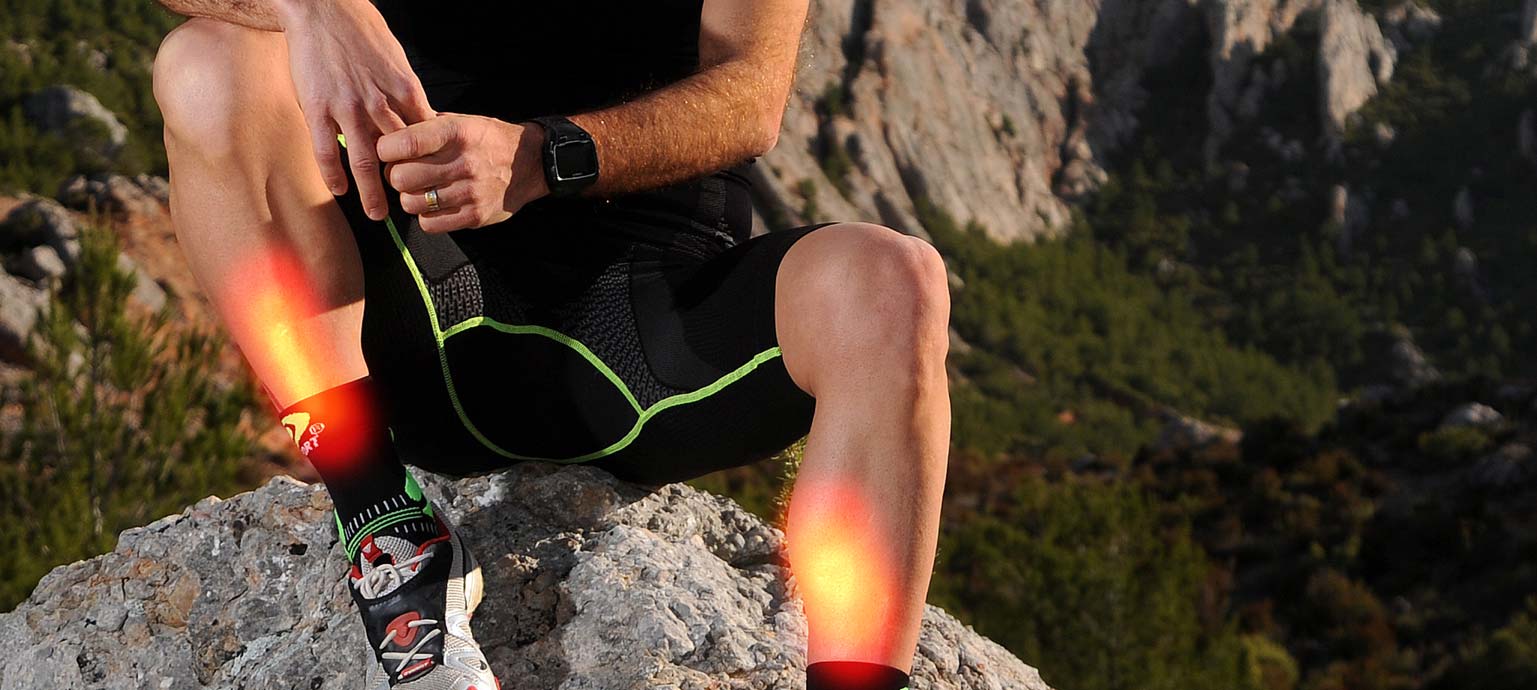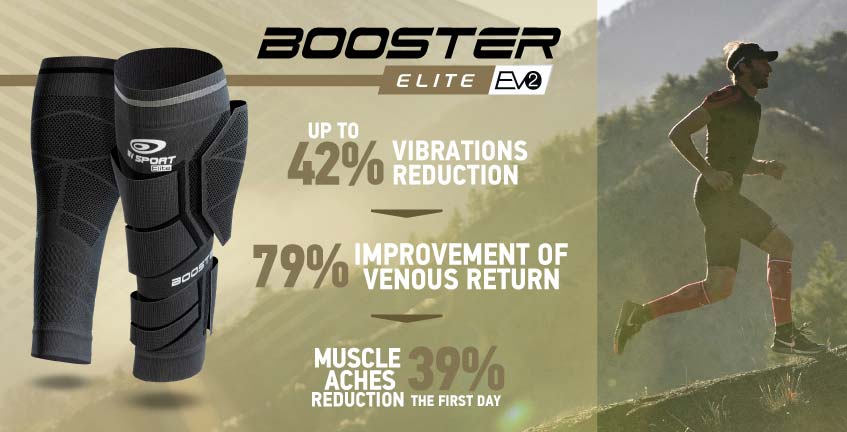Know all about tibial periostitis

............
Tibial periostitis is an inflammation of the periosteum, the vascularized membrane surrounding the tibia bone. The pain can then be located in two areas: on the anterior or posterior part of the tibia.
Overwork injury, it appears as micro-traumas, generated by the propagation of waves on the musculoskeletal system during ground impacts creating muscle vibrations or oscillations. These repetitive micro-traumas cause micro-fractures of the periosteum and ruptures of the micro-vessels, resulting in inflammation of the periosteum. Severe pain appears in the tibia indicating the need to stop exertion.
Excessive traction of the muscles surrounding the tibia, particularly the soleus or posterior tibial, can also lead to the development of tibial periostitis, particularly in the case of training overload.
A consultation with your sports doctor is then essential, he will indicate a necessary rest period, before the progressive resumption of your training, as well as the treatment(s) to be followed.
Tibial periostitis is an inflammation not to be neglected because if it is not treated and you continue to practice your physical activity with the same intensity, a tibial fatigue fracture may appear.
.....
 |
Who is affected by periostitis ?If you are practicing a sport where ground impacts are repetitive, then you will tend to be subject to tibial periostitis, such as runners and traileurs. Indeed, these athletes repeat the same movement in a cyclic way, resulting in numerous ground impacts.The longer the race will be, the less the musculoskeletal system can reduce vibrations. Besides, it should also be highlighted that races with unevenness and more particularly during the descent phases, can also be traumatic for the leg muscles, creating more consequent shock waves. Footballers and other collective sports practitioners such as basketball, may also be affected because of the repetition of ground support, particularly on synthetic surfaces or indoors grounds on a hard surface, which accentuates shock waves. |
Our adviceTo limit the risks of appearance of such injury, we advise you to adapt your training load, by setting up an efficient and coherent work schedule to reach your goals serenely, especially for new practitioners. In order to significantly reduce vibrations, which are often responsible for tibial periostitis, we recommend the use of compression calf sleeves combining SELECTIVE COMPRESSION for better muscle support, and SHOCKWAVE EFFECT : a vibration breaking technique that reduces vibrations by up to 42% during ground impacts compared to a person who does not wear sleeves*. |
 |
...
Tibial periostitis usually occurs as a result of preparation for competition, which often leads to overloaded training. As soon as the pain arises, a consultation with the doctor will then be necessary in order to properly treat your injury.
You must listen to your body and know your limits while having an adapted training and equipment in order to practice your physical activity in good conditions.
...
*Measurements performed as part of a thesis in Conception and Validation of Sports Products - ROMAIN J. - University of Reims 2018.
..
-
Le 18 April 2019
